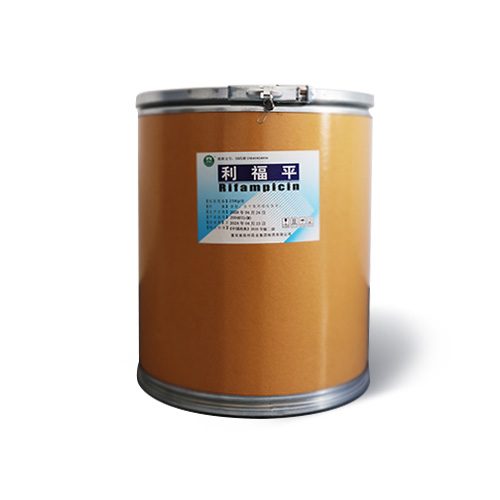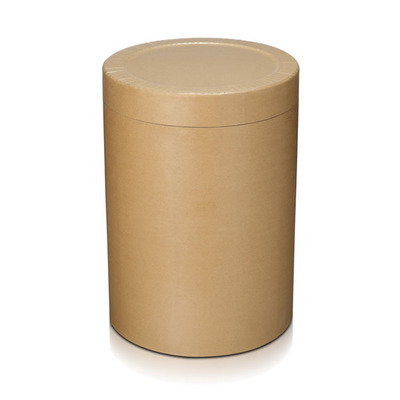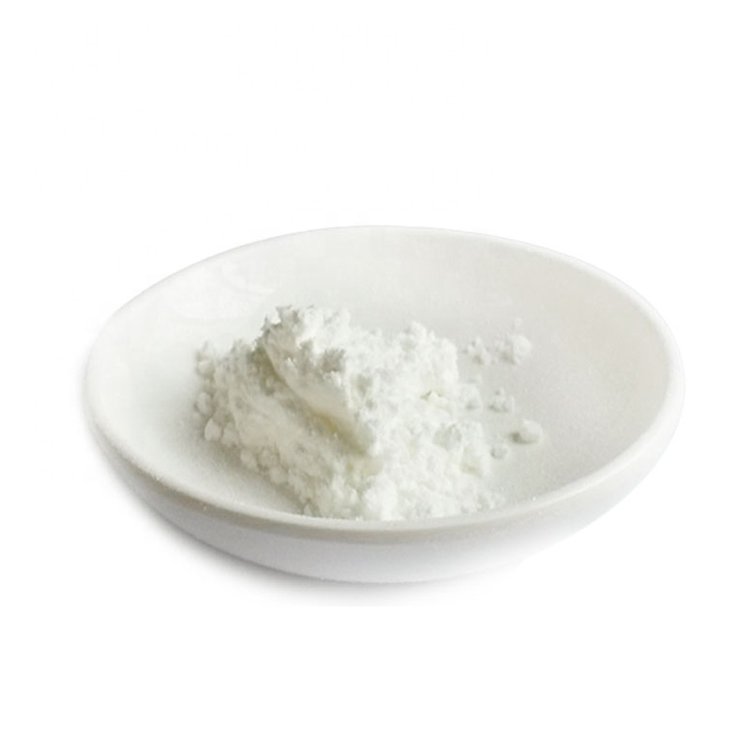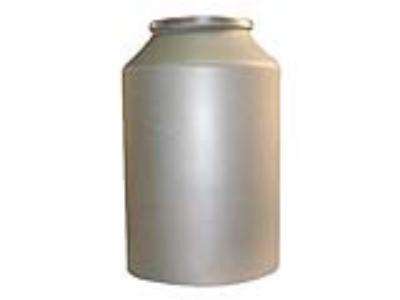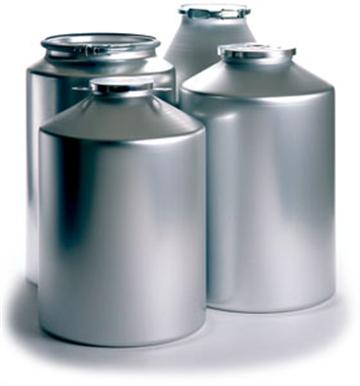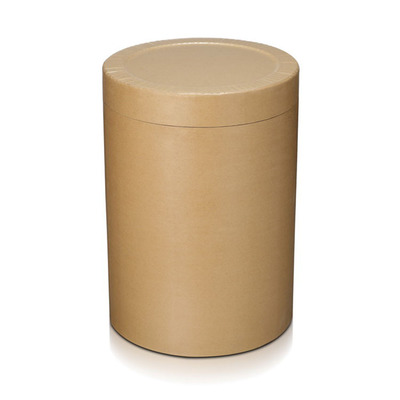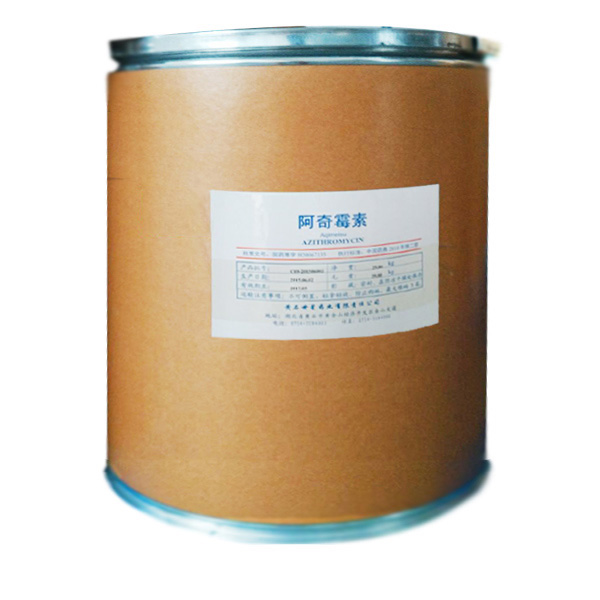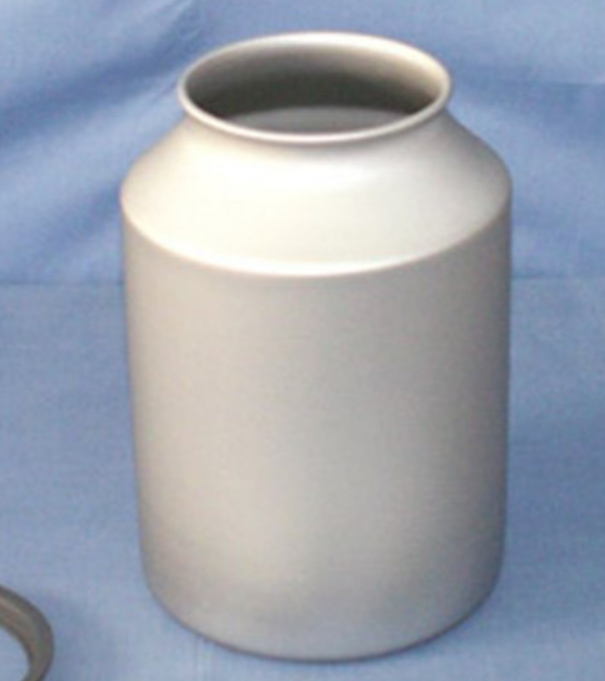Pharmaceutical Raw Materials
Veterinary API
Antiallergic Drugs
Hormones and Endocrine Drugs
Drug Metabolism
Pharmaceutical Intermediates
Synthetic Anti Infective Drugs
Specialty Drugs
Vitamins and Minerals Medicines
Feed Drug Additive
Antineoplastic Agents
Nervous System Drugs
Respiratory Drugs
Diagnostic Agents
Anti Stress Drugs
Antipyretic Analgesics
Antiparasitic Drugs
Circulatory System Drugs
Biochemicals
Blood System Drugs
Immune System Medication
Pharmaceutical Excipients
Fluid, Electrolyte, and Acid-Base Balance
Urinary System Drugs
Antibiotics
Anesthetic Agents
Inhibitors
Other Chemical Drugs
Digestive System Drugs
CAS:13292-46-1
Molecular Formula:C43H58N4O12
Alias
More Information
Rifobac; Famcin; Rif; 3-(4-Methylpiperazinyliminomethyl)Rifamycin Sv,Rifampin,Rifamycin Amp; Rifamycin Amp; Rifa; Rifadin; Arficin; Rifampin; Rifinah; Rifagen; 2,7-(Epoxypentadeca(1,11,13)Trienimino)Naphtho(2,1-B)Furan-1,11(2-H)-Dione,5,6; 3-(((4-Methyl-1-Piperazinyl)Imino)Methyl)-Rifamyci; 3-((4-Methyl-1-Piperazinyl)Iminomethyl)Rifamycinsv; 8-(((4-Methyl-1-Piperazinyl)Imino)Methyl)Rifamycinsv; 8-(4-Methylpiperazinyliminomethyl)Rifamycinsv; 8-(N-(4-Methyl-1-Piperazinyl)Formidoyl)-Rifomycins
Brief Introduction
Rifampicin is a broad-spectrum antibiotic belonging to rifamycin family. It has strong antibacterial effect on Mycobacterium tuberculosis, and also has curative effect on Gram-positive or negative bacteria and viruses. Red or dark red crystalline powder, insoluble in water. Generally, it is a capsule or tablet oral drug, which has a synergistic effect with other anti tuberculosis drugs and delays the generation of drug-resistant strains.
Suppliers
View More Vendors (5) >
CAS:69388-84-7
Molecular Formula:C8H10NNaO5S
Alias
More Information
Sulbactam Sodium Salt; Sodium Penicillanate 1,1-Dioxide; Penicillanic Acid 1,1-Dioxide Sodium Salt; Sodium Sulbactam; Sodium (2S-Cis)-3,3-Dimethyl-7-Oxo-4-Thia-1-Azabicyclo[3.2.0]Heptane-2-Carboxylate 4,4-Dioxide
Brief Introduction
Sulbactam Sodium is the sodium salt form of sulbactam, a beta-lactam with weak antibacterial property. Sulbactam sodium contains a beta-lactam ring and irreversibly binds to beta-lactamase at or near its active site, thereby blocking enzyme activity and preventing metabolism of other beta-lactam antibiotics. Combining this agent with a beta-lactamase sensitive antibiotic such as penicillins and cephalosporins against penicillinase-producing and beta-lactamase-producing organisms, results in a decreased turnover rate of the sensitive antibiotic and enhances its antibacterial property.
Suppliers
View More Vendors (4) >
Alias
More Information
Synogil; Pimaricin; Pimafucin; Myprozine; Delvocid; Antibiotic A 5283; Mycophyt; Delvopos; (8E,14E,16E,18E,20E)-(1R,3S,5R,7R,12R,22R,24S,25R,26S)-22-(3-Amino-3,6-Dideoxy-β-D-Mannopyranosyloxy)-1,3,26-Trihydroxy-12-Methyl-10-Oxo-6,11,28-Trioxatricyclo[22.3.1.05,7]Octacosa-8,14,16,18,20-Pentaene-25-Carboxylic Acid; Natacyn; Delvolan; Cl12,625; (1R,3S,5R,7R,8E,12R,14E,16E,18E,20E,22R,24S,25R,26S)-22-[(3-Amino-3,6-Dideoxy-β-D-Mannopyranosyl)Oxy]-1,3,26-Trihydroxy-12-Methyl-10-Oxo-6,11,28-Trioxatricyclo[22.3.1.05,7]Octacosa-8,14,16,18,20-Pentaene-25-Carboxylic Acid; (1R*,3S*,5R*,7R*,8E,12R*,14E,16E,18E,20E,22R*,24S*,25R*,26S*)]-22-[(3-Amino-3,6-Dideoxy-β-D-Mannopyranosyl)Oxy]-1,3,26-Trihydroxy-12-Methyl-10-Oxo-6,11,28-Trioxatricyclo[22.3.1.05,7]Octacosa-8,14,16,18,20-Pentaene-25-Carboxylic Acid; Pimaricin, Streptomyces Chattanoogensis; Antibiotica-5283
Brief Introduction
Natamycin has a strong inhibitory effect on molds, yeasts and fungi, but has no inhibitory effect on bacteria, viruses and other microorganisms. Natamycin has a certain heat treatment resistance, relatively stable in dry state, and can withstand short-term high temperature (100 ℃); However, it is not suitable to contact with sunlight because of its ring chemical structure and sensitivity to ultraviolet rays. The anchor stability of natamycin activity is affected by pH value, temperature, light intensity, oxidants and heavy metals, so the product should avoid contact with oxides and hydrogen sulfide compounds. In June 1982, the FDA officially approved natamycin as a food preservative and classified it as gras products. Natamycin is a highly effective inhibitor of mold, yeast and fungi. It is used to inhibit mold, yeast and fungi in food. It is very safe and reliable to human body, and does not affect the flavor of products. It is widely used in cheese, meat products, cakes, fruit juice and other foods all over the world. The product is refined from streptomycin by deep fermentation and multi-step extraction process. The preparation is made by mixing 50% natamycin and 50% lactose.
Suppliers
View More Vendors (4) >
CAS:83905-01-5
Molecular Formula:C38H72N2O12
Alias
More Information
9-Deoxo-9Alpha-Methyl-9Alpha-Aza-Homoerythromycin A; Aziwok; Azimin; Azenil; Azhithromycin; Aztrin; Setron; Zifin; Tobil; Zeto; Zithromax; Sumamed; Zitromax; Azithromycin IP/USP; Azythromycin
Brief Introduction
Azithromycin Anhydrous is the anhydrous form of azithromycin, an orally bioavailable azalide derived from erythromycin, and a member of a subclass of macrolide antibiotics, with anti-bacterial activity. Upon oral administration, azithromycin reversibly binds to the 23S rRNA of the 50S ribosomal subunit of the bacterial ribosome of susceptible microorganisms, thereby inhibiting the translocation step of protein synthesis by preventing the assembly of the 50S ribosomal subunit. This inhibits bacterial protein synthesis, inhibits cell growth and causes cell death.
Suppliers
View More Vendors (4) >
CAS:859-18-7
Molecular Formula:C18H35ClN2O6S
Alias
More Information
Frademicina; Lizpion; Lincocin; Lincomycin Hcl; Lincorex; Lincomycin
Brief Introduction
This product is a narrow-spectrum antibiotic with similar effect to erythromycin. It has a good effect on Gram-positive cocci, especially on anaerobic bacteria, Staphylococcus aureus and pneumococci. Its mechanism of action is similar to erythromycin and belongs to bacteriostatic agent. It mainly inhibits the synthesis of bacterial cell protein. Clinically, it is mainly used for various infections caused by sensitive bacteria, such as pneumonia, meningitis, endocarditis, cellulitis, tonsillitis, erysipelas, furuncle and urinary system infection. Because this product can enter bone tissue and has special affinity with bone, it is especially suitable for infection caused by anaerobic bacteria and Staphylococcus aureus osteomyelitis.
Suppliers
View More Vendors (4) >
Inquiry (
10
/ 10
)
Clear All
Sign In
Error!

